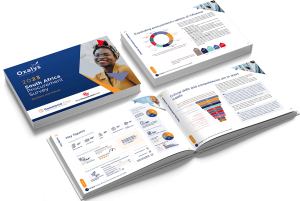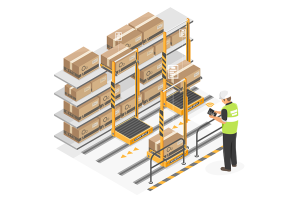 In this month’s SmartProcurement, Steven Freemantle, of SweetThorn Thought Leadership, discusses how to combine three traditional approaches in a non-traditional way to achieve SAP Supply Chain Mastery. Mastery of your SAP systems contribution to procurement’s and therefore your supply chain’s success is not as complex as one may think. Freemantle refers to a methodology he calls Business Maturity Optimisation, which is a combination of three traditional approaches to SAP mastery, namely training, education and change management.
In this month’s SmartProcurement, Steven Freemantle, of SweetThorn Thought Leadership, discusses how to combine three traditional approaches in a non-traditional way to achieve SAP Supply Chain Mastery. Mastery of your SAP systems contribution to procurement’s and therefore your supply chain’s success is not as complex as one may think. Freemantle refers to a methodology he calls Business Maturity Optimisation, which is a combination of three traditional approaches to SAP mastery, namely training, education and change management.
“It is unfortunate though, that these are seldom used well during an organisation’s SAP lifecycles”, says Freementle.
Freemantle is often disturbed by how poor training and change management are executed during SAP programmes.
Training is a very important part of mastery, and in a SAP sense this is where most effort is spent. Any SAP customer will remember their introductory training as well as the transactional train they should have been given in the build up to their SAP Go-live. It is worth noting, however, that training is not enough, for several reasons:
1. SAP training is mostly transactional
2. Integration is seldom addressed in meaningful way.
3. SAP training is done in a controlled environment. The transactions work and troubleshooting or “what-if-things-go-wrong” scenarios are never dealt with.
4. The use and interpretation of SAP’s standard SAP reports is not covered
5. It only happens prior to go-live, and very little formal training happens after go-live
It is therefore very important that training is enhanced with education. Education is different to training. In that way buyers should be equipped to:
1. Check that they will get the desired outcome
2. If not, they should be equipped to remedy it straight away, with minimal impact on the rest of the supply chain, and,
3. Prevent it from going wrong the next time around.
By implication then buyers need to be able to use standard SAP tools and reports to see how they impact their supply chain colleagues and vice versa. Armed with this visibility they can easily determine whether it is a delinquent behaviour or an errant business rule (mostly master data) that is causing the problem – and so a permanent remedy to SAP supply chain shortfalls can be sought out.
This will push need the need to tackle the third traditional mastery component which is change management. In the Business Maturity Optimisation context, Freemantle proposes that you move away from the traditional banners, balloons and a game of paint ball style change management to one that is driven by the facts as extracted from the SAP reports buyers must use to get visibility of how well individuals function in the supply chain.
Futhermore Freemantle suggest holding up the data mirror, first to see your contribution to an imbalance, and then to your supply chain colleagues, so that they may see their errant ways.
In order to round off these mastery tasks you will need to tackle one more challenge, and that is to wrap training, education and change management with integration. Mastery of your supply chain with SAP cannot happen in organisational silos. Each department’s mastery hinges on the other, and will begin with an executive team that is prepared integrate, and support change that engenders cooperation rather than turf protection and blame-shifting. And so once again your data mirror will come in to play. If you can use SAP data, and not conjecture, to highlight supply chain challenges and integration issues, your executive will listen, in fact they must!


























